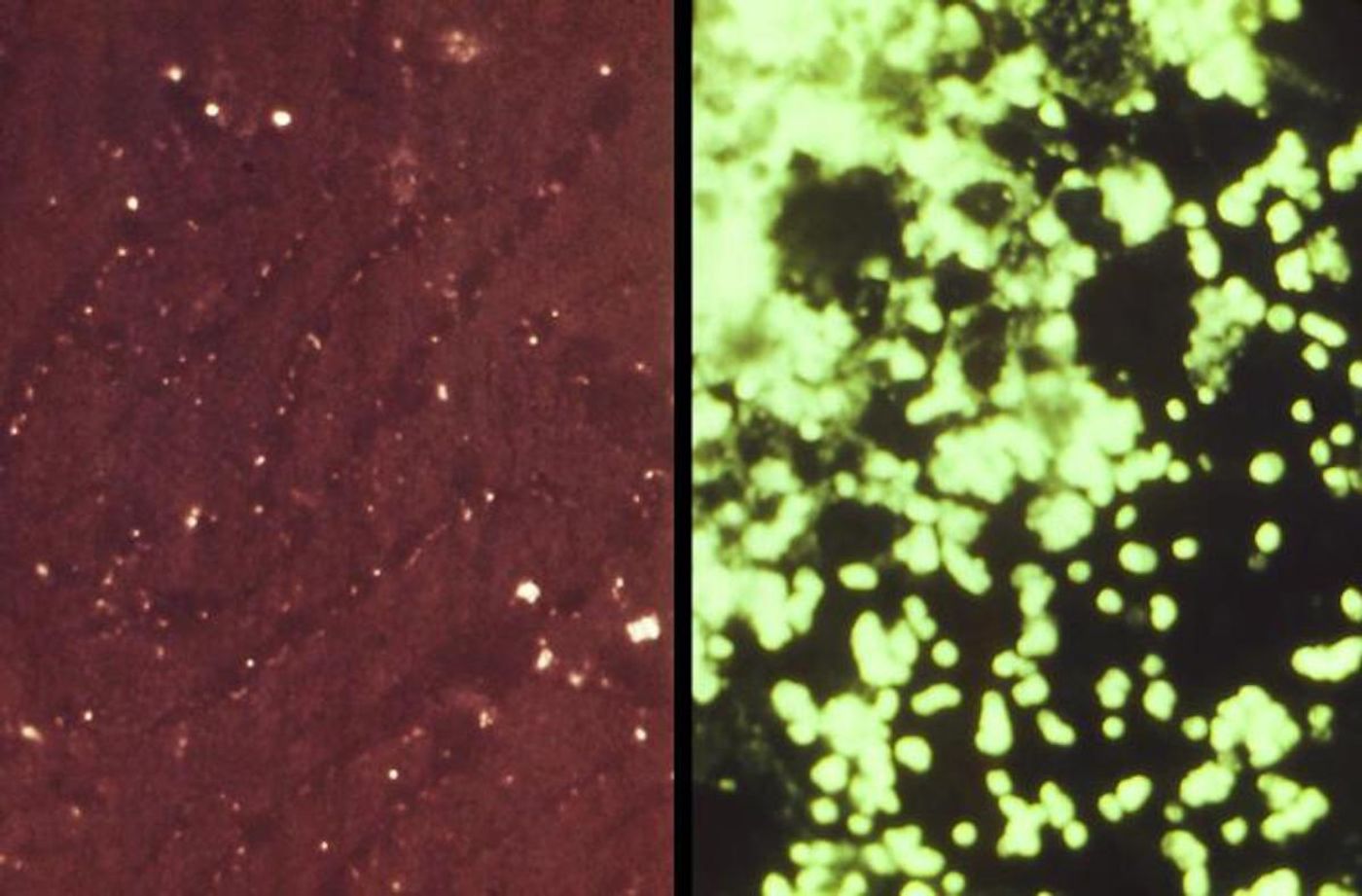Francisella tularensis is a naturally occurring bacterium found throughout the Northern Hemisphere that is extremely virulent; though it does not spread through person-to-person contact, it's still considered to be a potential bioweapon because it causes illness so easily. It's been estimated that only ten of these airborne organisms can cause respiratory tularemia, also known as rabbit fever, when they're inhaled.
It's worth noting that rabbit fever is rare. According to the Centers for Disease Control and Prevention, from 2008 to 2018 there was an average of about 180 cases per year (from natural exposure). The bacterium can be transmitted through insect bites, handling infected animals, or breathing in aerosolized particles. There have been a few cases of water contamination that have led to infections, mainly in Turkey. Rabbit fever can usually be treated with antibiotics.
It's difficult to investigate this pathogen because of one of its unique abilities: it can remain dormant but alive for months at a time. This special characteristic also means that its extremely difficult for researchers to grow F. tularensis; it remains viable but cannot be cultured in the lab, which is essential for scientists to study it. David Wagner, a professor at Northern Arizona University and director of the Pathogen and Microbiome Institute's (PMI) Biodefense and Disease Ecology Center has funding from the U.S. Defense Threat Reduction Agency (DTRA) to learn more about the biological basis of the pathogen's viable but nonculturable state.
Reporting in Applied and Environmental Microbiology, Wagner's team has found that F. tularensis can survive without nutrients for months in cold water, and it stays virulent.
"We are making some very interesting discoveries in this project," Wagner said. "The main finding is that Francisella tularensis can persist in a dormant state for more than six months in cold water without any nutrients. This means it has the ability to persist in the environment outside of a mammalian host or arthropod vector. This was unexpected because many other bacteria that persist like that long-term in the environment form spores when they are outside of a host, such as Bacillus anthracis, the bacterium that causes anthrax forms spores, but F. tularensis doesn't do that. Others, like Yersinia pestis, the bacterium that causes plague, are always either in a mammalian host or a flea vector. F. tularensis has the ability to persist long-term in the environment long-term outside of a host without forming spores while remaining fully virulent.
"These study results have completely changed our perspective on the ecology of this bacterium. We now understand that mammals are likely just a small (but still important) aspect of its survival strategy. We now think that it spends most of its time in the environment outside of a host and only periodically causes disease in mammals. But those disease events in mammals are still very important as they serve to amplify the amount of F. tularensis that is deposited back in the environment."
Sources: Phys.org via Arizona State University, Applied and Environmental Microbiology









